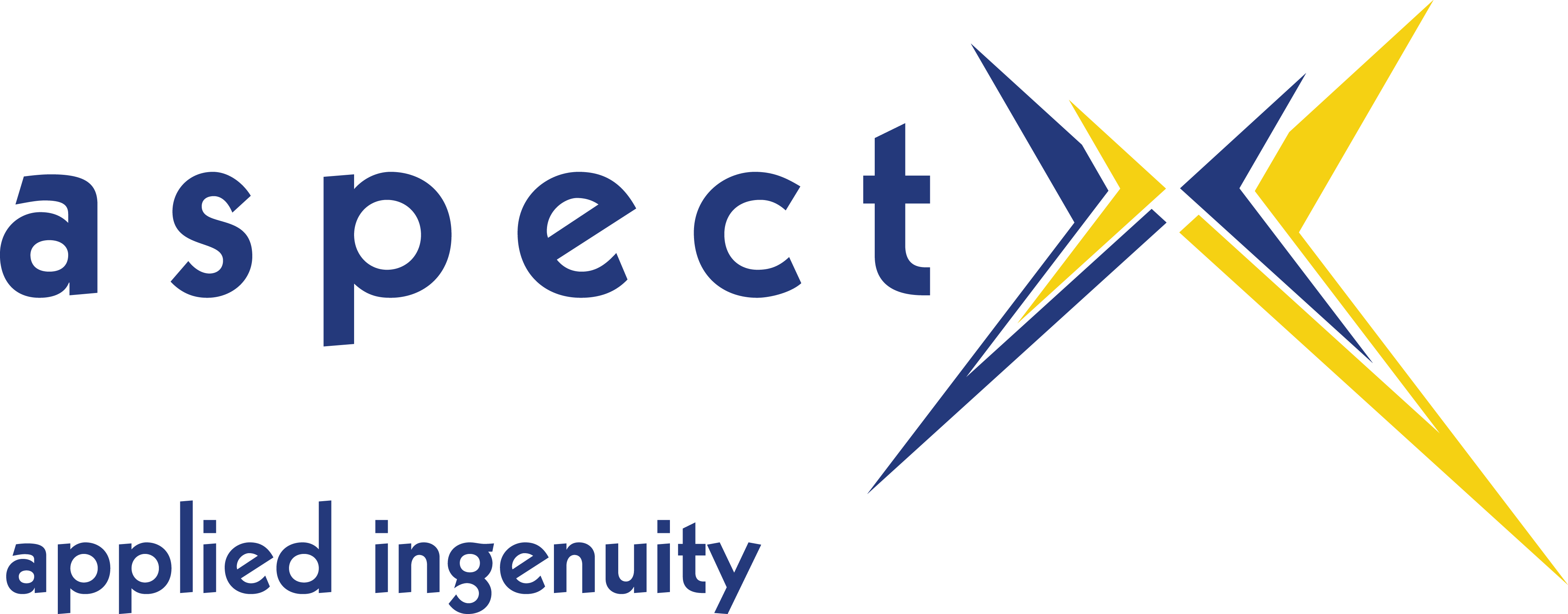The 65+ crowd has never seen so much action as in recent years regarding innovation addressing long term care, as is evidenced by the hype of the Louisville-Ky.-based Innovate LTCs expected Consumer Experience Center opening later this year and the long-awaited first deals of CincyTechs partnership with Cincinnati-based Link-age Ventures, just sparking new collaboration. The two Midwest organizations have begun to nurture healthcare startups that have a need to connect directly with senior customers and their caregivers. And, in talking with these types of funded startups, the lessons learned tend to fall into five areas:
Trust Matters and Must Be Routinely Established with the Senior and the Caregiver.
Don’t mess with the trust of a senior and their caregiver, if you want to serve them through the golden years. Every business catering to the aging population, from accountable care organizations to senior living communities and nursing homes, must learn how to delicately handle and diffuse 30-day re-admissions, by generally providing more basic communications. In today’s healthcare facilities, this means going mobile with messaging inside those organizations and facilities that must manage workers in constant motion.
What I found, spending almost a year in every task, from driving a senior to Walgreen’s to managing communications inside a nursing home, was that no one is sitting in front of a computer. They are in motion, and reaching a broad variety of people in the day is important, said Asif Khan, Co-Founder and CEO of Caremerge. The products that CareMerge has built are looking to improve the trust of primary relationships with the caregivers and the seniors. Less complicated communications in a mobile application seem to work best for the minimum wage, unskilled worker. The intelligence is built into an algorithm that can even decide who to notify about what issue. The bottom line: all those in long-term care can remember what loyalty and trust looks like, or expect litigation, said Khan. Innovate LTC held its LINK Tank competition last summer and awarded its $10,000 prize to the effort and has since connected CareMerge to Signature Healthcare. More recently, this month, GE selected Caremerge for its Health Growth Acceleration Program, one of 13 selected from 400 worldwide; and CareMerge was also named one of the Whats Next Best Mobile Applications in the Boomer Business Showcase last month.
Personal Safety Plays A Role in Delivering Healthcare Options.
Seniors and their caregivers are concerned with the safety of all products used to enhance their lifestyle and will question even that which we generally think of as good for you. This means the efficacy of exercise is included. The safety in the neighborhood is involved in walking outside for a distance has actually been documented as being important in whether a senior will indeed go for a health walk, according to Juvents CEO Rush Simonson. He pointed out that for postmenopausal females this was especially true, based on research. The Juvent 1000 supports indoor exercise for bone health. In the US, the Juvent 1000 device is cleared as a Class I exercise device and the company plans to seek FDA approval for the patented treatment of osteoporosis. The patented Dynamic Motion Therapy meets OSHA guidelines, using 0.3g and 32 to 37 hz mechanical signals.
Fear of Bladder Incontinence is Real.
Seniors chose to do activities or not based on whether it may cause others to know about their bladder incontinence, and this includes exercise. Movement is important to health, and if fear stops the activity of a senior, more than a depressive state sets in. Simonson said that his company will demo to patients the value of exercise in the home. Demos will soon be conducted at Innovate LTCs Consumer Experience Center in Louisville opening in late 2013. Vibrational technologies improve bone health, He pointed out and cited several newer studies, as well as a new study on osteopenic girls. We believe that this demonstrates the efficacy of the Juvent platform. Our entire approach to bone health is based on a unique, safe, whole body vibration therapy, also known as being in the class of a biophysical stimulatory technology, pointed out Juvents CEO Rush Simonson. The Consumer Experience Center will foster interdisciplinary interactiona place for designing, pitching and testing products, services and technologies for the 50+ market. The ecosystem is anticipated to enable participation for consumer groups, health care providers, academics, and emerging companies to create and innovate together, Simsonson said.
Seniors know to ask their healthcare professional first.
Change is not high on the list of approaches to everyday living for seniors, but Medicare trends are pushing senior to ask more questions. In this day and age, polypharmacy concerns are discussed, and every aspect of healthcare is under the microscope for savings, but also increasing pre-emptive care. The era of the nurse practitioner has risen, as is evidenced by companies like Louisville-based MD2U, now operating in 6 states and expecting to be in all 50 states in the next few years. The company is a hybrid of a medical home healthcare agency and a visiting home physician model, working with the senior population at home once they leave the hospital, but before they can easily go back to a physician in an office.
Social support online and through mobile applications has become acceptable.
Trade groups and other institutions offer extensive social support mechanisms online and through the iphone or Android versions, including the National Osteoporosis Foundation. More than 1.8 million posts exist in its forums for caregivers and seniors. Fitbit, tying together software solutions, and products for fitness, has also released a number of APIs, that allow for the development of mobile applications, including those for seniors. Companies like MobileSource in Atlanta are beginning the development cycle for healthcare startups, expanding due to demand. US seniors are part of the push for tablets and mobile devices for healthcare. A 400% jump in use is anticipated in 2014 in the US, said Rosemarie Durham, Marketing Director for MobileSource.
